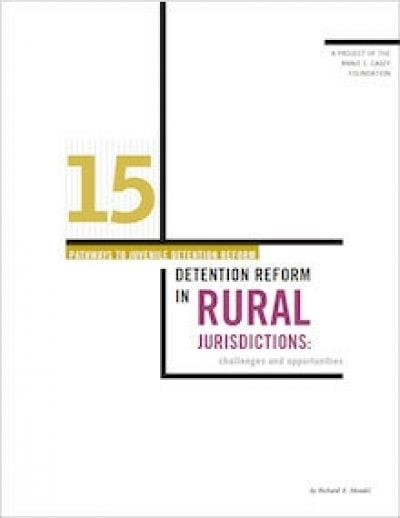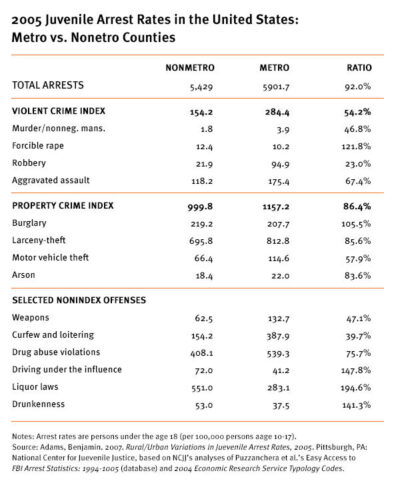Small Town Advantage
With the deck seemingly stacked against them, rural communities have a few key cards up their sleeves. They’re creative, agile, resourceful and—contrary to their static and sleepy stereotypes—they’re willing to change the status quo.








